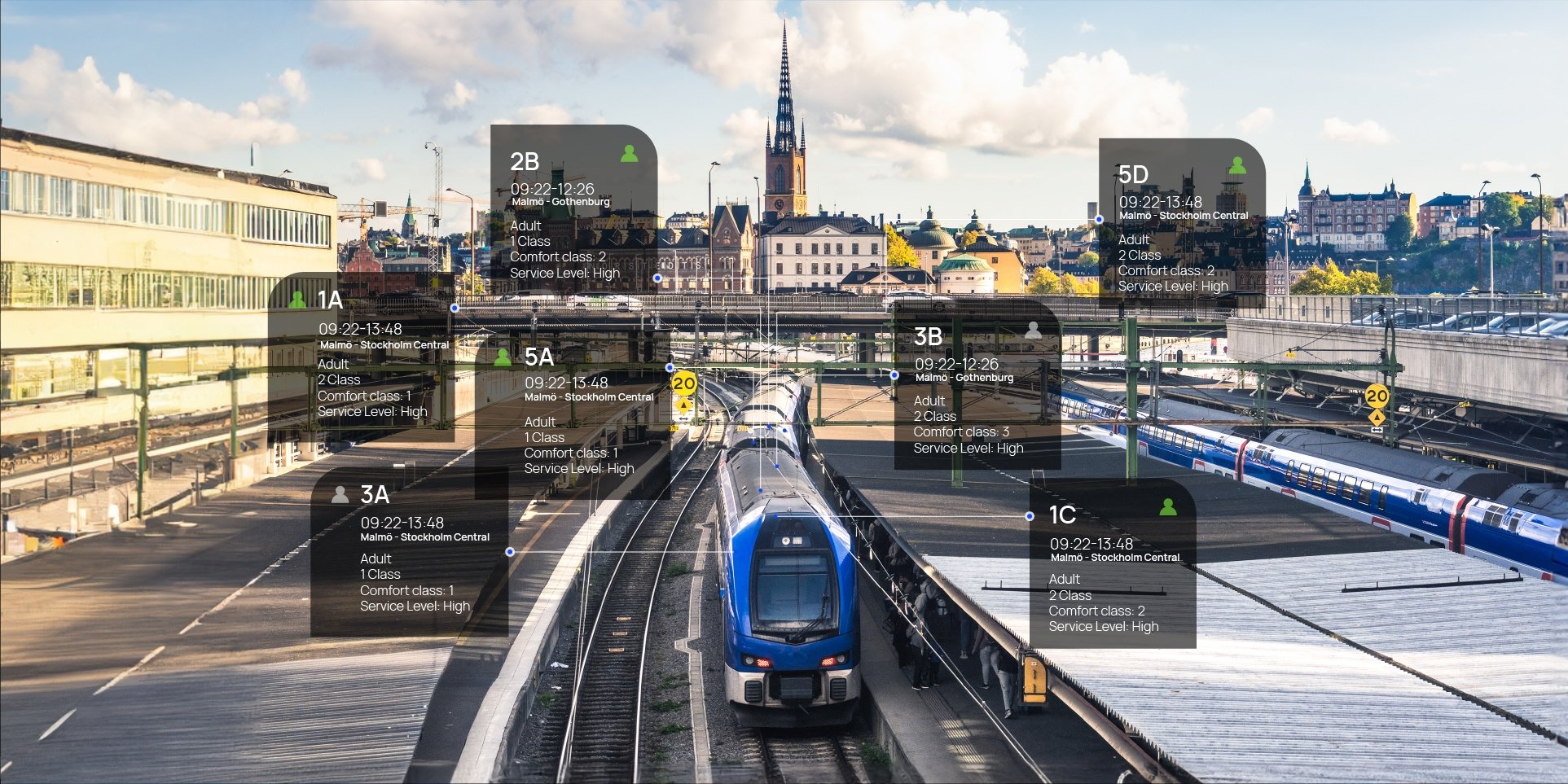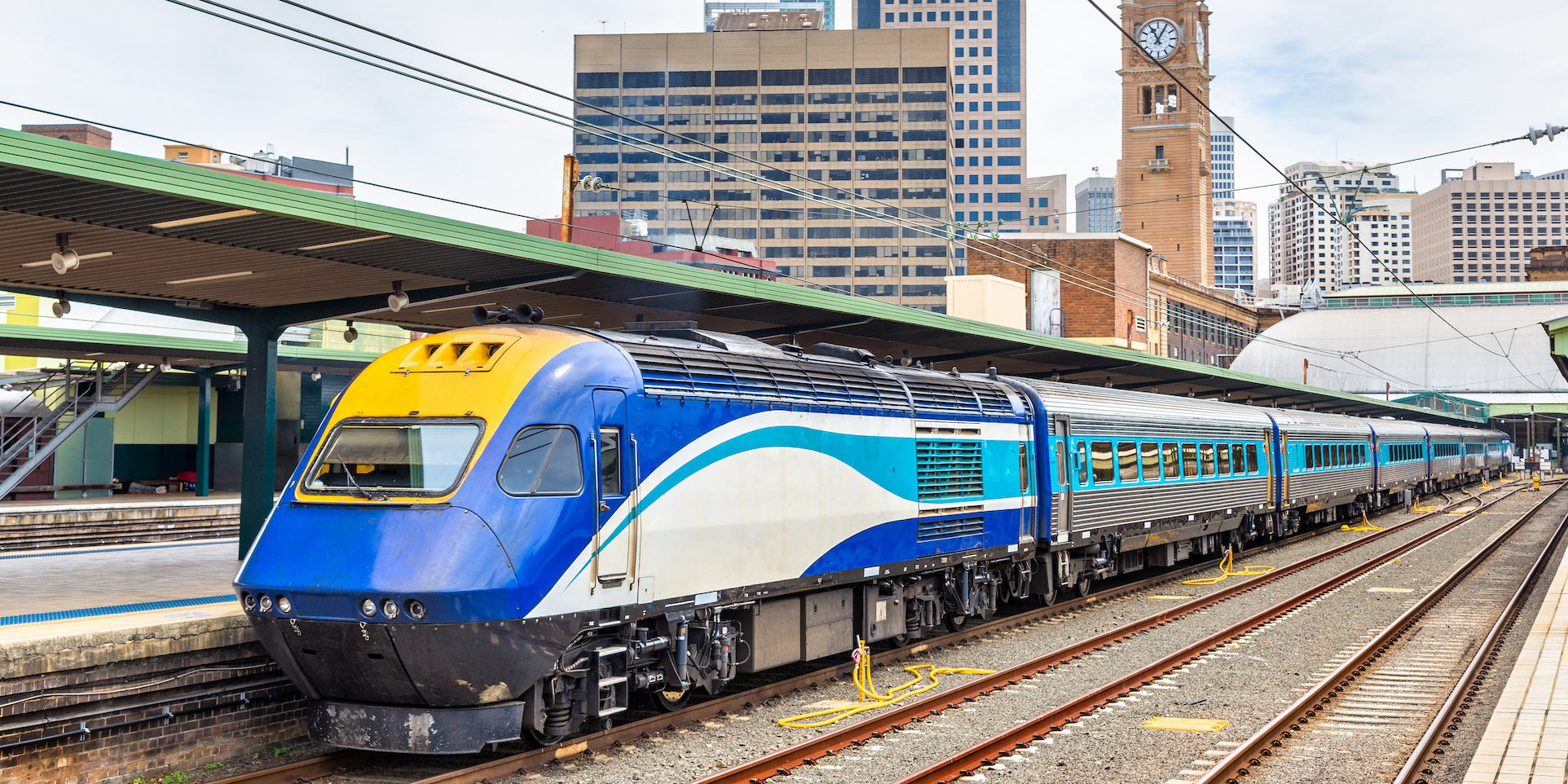What Is Inventory Management (and Why Is It Important for Bus Operators?)

Inefficient inventory management can have disastrous effects on your intercity bus company. Even the most carefully crafted Excel spreadsheet is not enough to keep track of your seat inventory. Failing to depict the demand can result in buses leaving almost empty. And overbooking can backfire and leave you to deal with angry customers. You can avoid these issues with well-planned inventory management.
In this post, we examine every aspect of inventory management in intercity bus industry to show how it could benefit your business.
What Is Inventory Management?
In a broad sense, inventory is a set of goods or material that a business has and uses with the ultimate goal of selling or otherwise making money out of it. The primary goal of inventory management is to control and oversee this inventory to ensure its availability and range. Also, to sell it to the right customer at the right time with the right price.
The peculiarity of inventory in the travel industry at large (including airlines and hotels) is that this inventory is perishable. That is, its usefulness has a clear deadline. If the product is not used, it loses its value. So, for example, if a hotel room remains vacant on a given night, the chances of getting revenue from that room, on that specific night, are lost.
In the passenger transport industry, in particular, inventory refers to the seats available between specific origin and destination. Hence, seat inventory management is the process of controlling the availability and property of seats with the goal of maximizing revenue per departures.
Even within the passenger transport industry, there are significant differences in handling inventory management. For example, in the airline industry, seat inventory control is the process of allocating seats among different fare classes on a flight, where there is only one origin-destination pair. In the bus industry, fare classes are traditionally not so relevant. Yet each departure usually covers more than one origin-destination pair. So, in this case, seat inventory management must handle seat allocation control in a particular trip segment out of many.
This critical difference introduces the primary challenge of inventory management for the long-distance coach industry.
Challenges of Applying Inventory Management in the Intercity Bus Industry
Let’s take a closer look at all the challenges of applying inventory management in the intercity bus industry.
Stops
In the bus industry there can be, and generally there are, more than two stops along the route. Trips are usually not performed from point A to point B, but from A to F with stops B, C, etc. in between.
For this reason, the complexity of seat inventory management on a particular departure can be quite challenging: you must be able to cover many origin-destination and availability combinations per trip. If there are six stops, for example, there are 15 possible origin-destination combinations that a passenger can reserve. With every added stop, the possible combinations grow exponentially.
An efficient inventory management system for bus operators has to be able to oversee the availability of each seat for each segment of the trip.
Seat availability
In high-demand routes, having a real-time overview of available seats could have a significant business impact.
Some operators have even increased their sales by 1-2% just by taking those “no-show” scenarios into account.
For example, sometimes passengers decide to cancel their trips without canceling the seat reservation itself, which creates an option for last-minute sales. When the driver uses a check-in app and doesn’t check this particular passenger in, this seat can be automatically released for sales again for up-coming trip segments. Some operators have even increased their sales by 1-2% just by taking those “no-show” scenarios into account.
Seat classes
Some operators employ different seat classes, on the model of airlines. For example, they can offer business-type classes alongside with the regular seats.
The presence of different classes complicates the picture. The inventory management system has to take into account also which seats belong to which type.
Seat layout configuration
Buses have different seat layout configurations. Some coaches are double-deckers, which means that the system has to understand which seats are on which floor. Others have different seat pitch (distance between two seat rows).
A good inventory management system must be able to handle the specific seat configuration of each vehicle. Moreover, it should be able to expose the seat configuration of different vehicles through APIs. These ones enable external sales networks, such as GDSs (Global Distribution Systems) or OTAs (Online Travel Agencies), to visualize the correct seat layout across all available sales channels.
Why Is Inventory Management Important for Your Bus Company?
There are usually three main reasons for acquiring a well-built inventory management system.
1. If you wish to apply yielded, demand-based pricing in your business, you should have a very clear understanding of the sold seats and how many are still available at any moment of time in your sales channels.
In the ideal case, the inventory control should be in real time across all sales channels.
2. Professional inventory management is necessary to allow specific seat reservation for customers.
Especially in cases where vehicles have different seat configuration, such as separate seat classes, two decks, or scarcely placed electricity plugs. Very advanced inventory management systems even offer options to up-charge more popular or convenient seats, a feature already quite standard in the airline business.
3. Selling seats across different sales channels implies the risk of overbooking or unsold seats.
Overbooking happens when, for example, the same seat is sold twice on different channels. To avoid that, operators often split their stock among the different channels, which can result in empty seats and lost revenue. These problems, too, can be averted with proper, real-time inventory management.
Conclusion
The intercity bus industry is complex and not without peculiarities. For this reason, successful intercity bus & coach operators cannot survive without real-time inventory management.
Inventory management must be especially well executed if one wants to harness the potential of evolving digital technologies, including machine learning and artificial intelligence, to automate their entire business process, plan resources more efficiently and increase margins.
How do you face the challenges related to inventory management, and avoid the risk of overbooking? Follow our blog to learn more about the most common problems and mistakes associated with this process.







